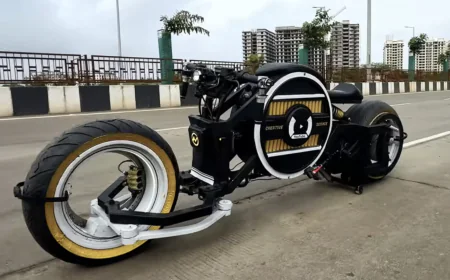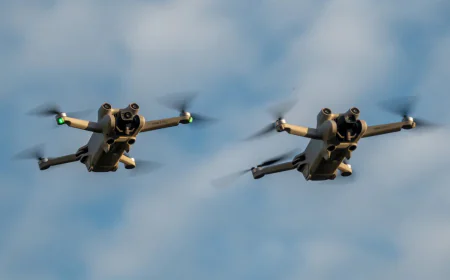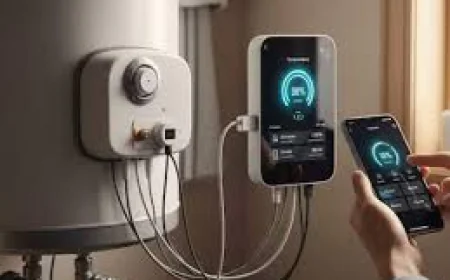Clone Robotics Unveils Water-Powered Humanoids with Artificial Muscles
Humanoid AI Robot: A Polish startup company is developing humanoid robots with water-powered synthetic muscles. The company claims that these robots can perform natural movements like humans and will prove useful in the future, from home to office to industry.

Picture a robot, in the distance appearing humanoid, waving its arms, opening doors, and even slicing fruit for you. Picture what it would be like if this robot received its power not from motors or electricity but from water muscles. This isn't fantasy, but fact. Clone Robotics, a Polish startup company, has shocked everyone with an unusual experiment in the field of humanoid robots.
Clone Robotics was started by Indian-born entrepreneur and CEO Dhanush Radhakrishnan in 2021. He feels that development in humanoid robots has been far too sluggish. Hence, the intention of the company is not to design small updates, but to design full-scale, human-like robots that can accomplish daily tasks and be spotted in our surroundings in the future.
The team first decided to build a robotic hand because the human hand is the most complex and versatile organ. After 18 months of work, they created a hand with artificial ligaments and muscle-tendon structures that mimic human movement. Subsequently, in just one year, the company built a complete humanoid prototype.
Want to get your story featured as above? click here!
Want to get your story featured as above? click here!
What distinguishes Clone from traditional humanoid robots is its artificial muscle technology. While traditional robots are powered by motors and batteries, Clone's robots use pressurized tubes based on a McCain design. When filled with water, these tubes expand and contract, stretching the bones to create movement. This is similar to how real human muscles work.
This entire process is controlled by the company's "hydraulic heart," which pumps water to power the robot. You can understand this as if the robot is "fed" water when needed and is given power.
In February this year, Clone Robotics launched its first prototype, the Protoclone V1. It has 1000 myofibers and over 500 sensors. This robot can move 200 degrees. In December, the company launched the full-scale humanoid Clone Alpha, and now work is underway on the next generation version, the Neoclone.
















































































